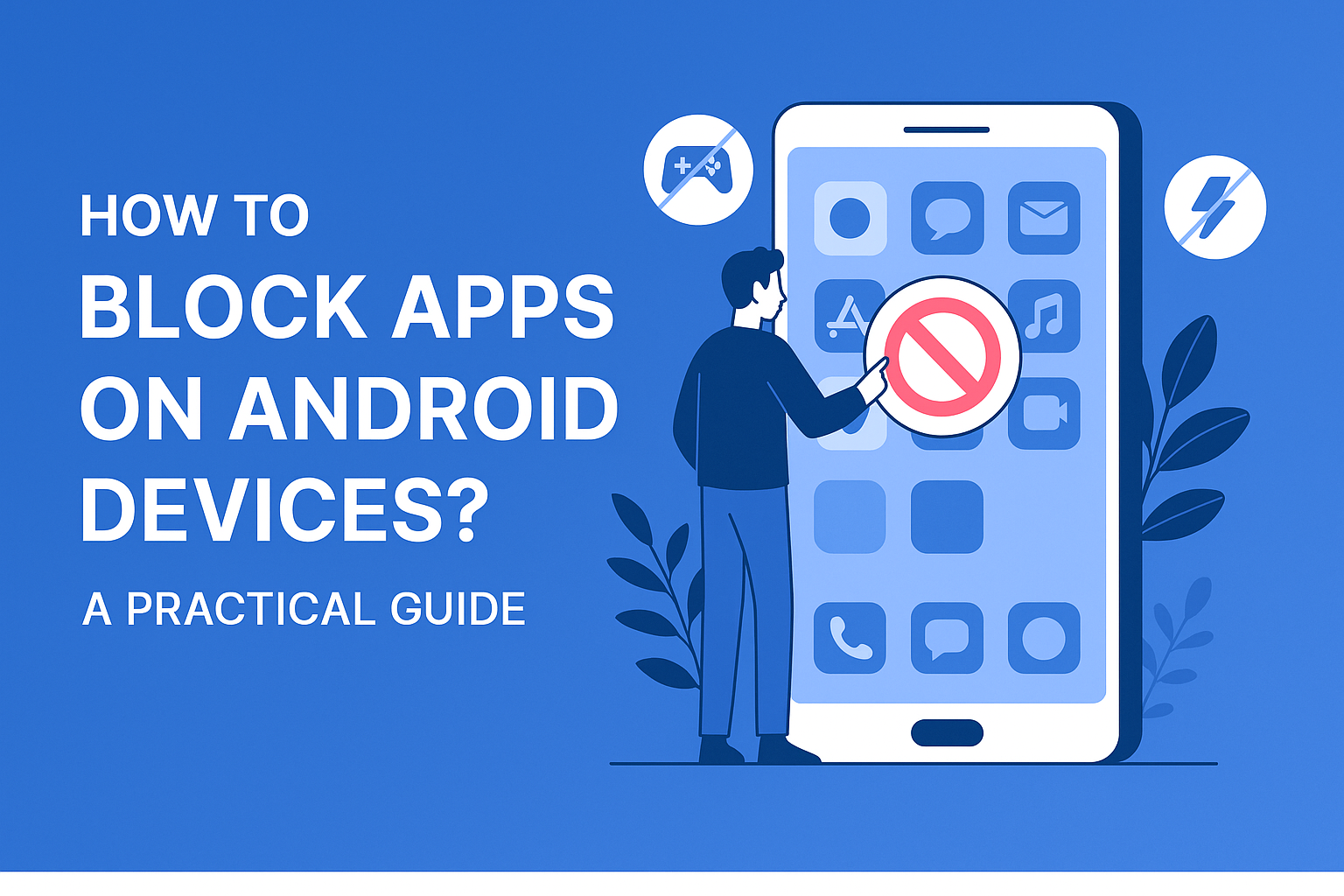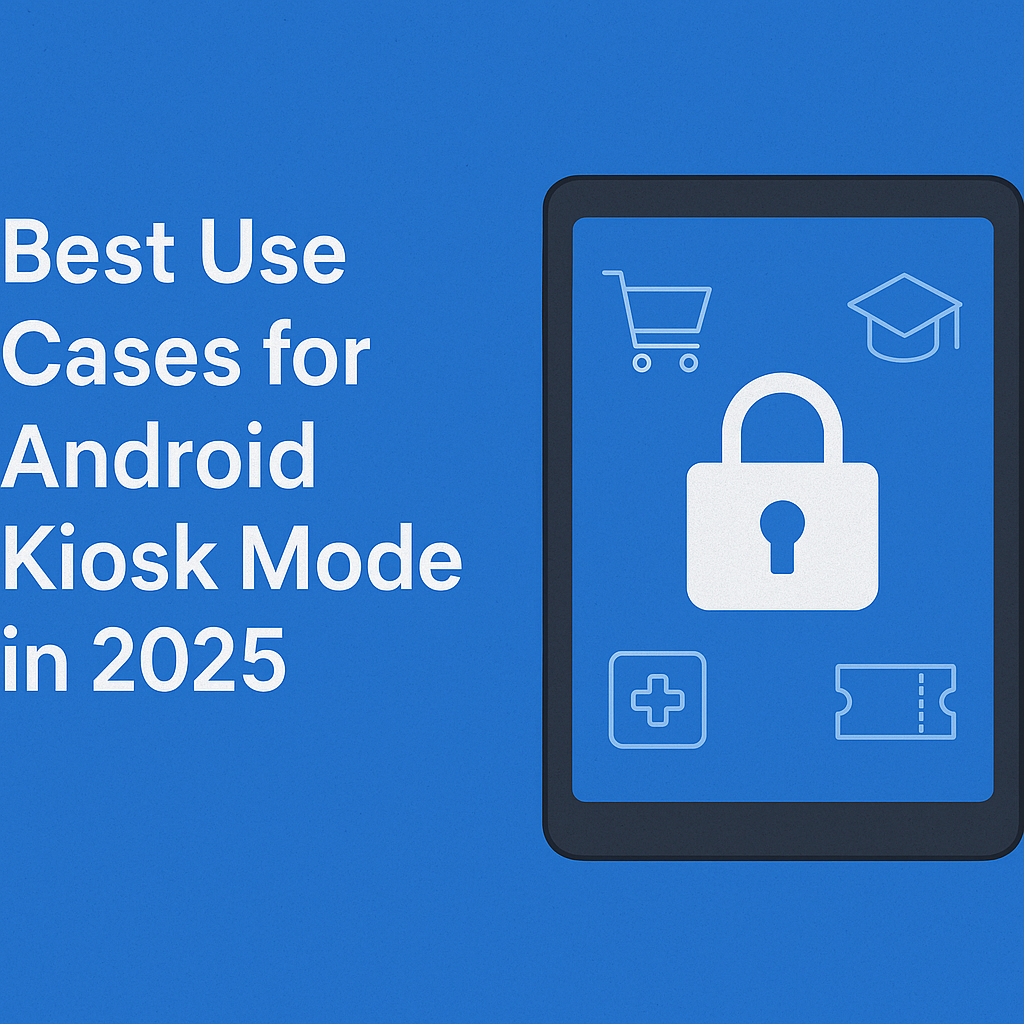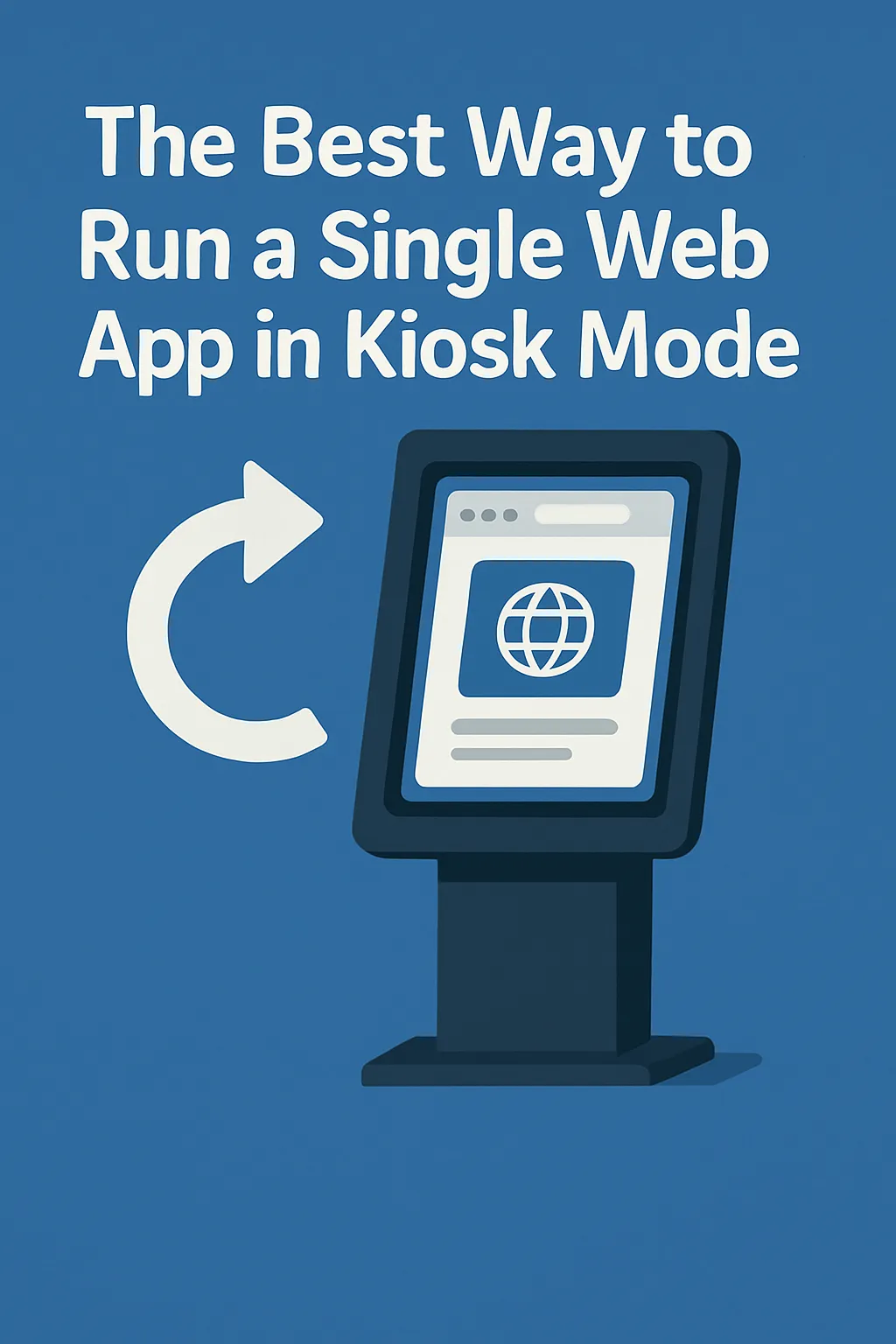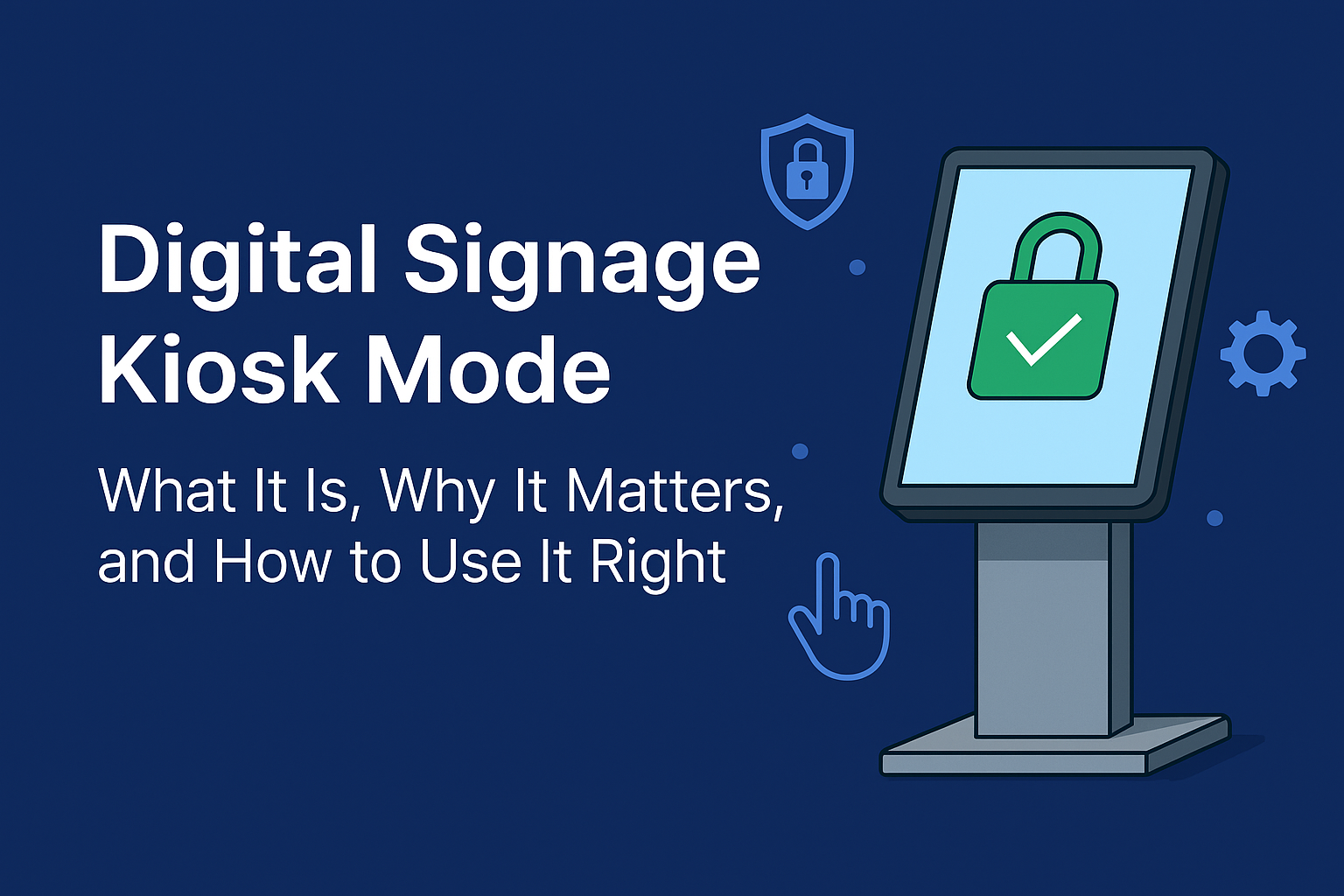Top 5 MDM Challenges We Faced – and How We Solved Them
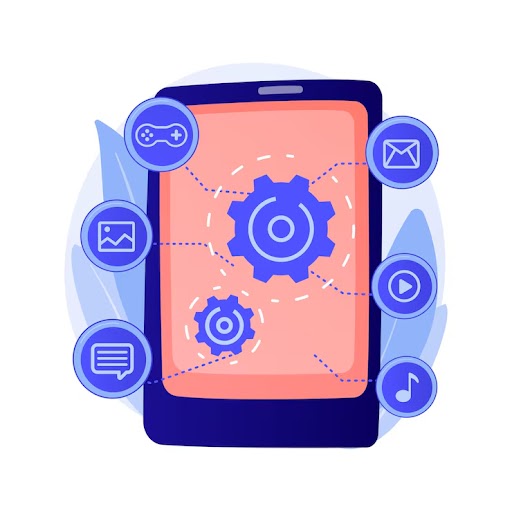
Strong 8k brings an ultra-HD IPTV experience to your living room and your pocket.
Mobile Device Management (MDM) has become an essential part of IT operations in organizations navigating digital transformation. However, managing a diverse and ever-growing device ecosystem isn’t without its challenges. As someone who has spent years overseeing mobile infrastructure in a mid-sized organization, I’ve run into my fair share of roadblocks. In this article, I’ll walk you through the top 5 MDM challenges we faced and how we tackled each of them, drawing from real-world experiences rather than theory.
1. Device Diversity and Fragmentation
One of the earliest and most persistent challenges we faced was managing a highly fragmented device ecosystem. Our employees used everything from Android phones to iPads and Windows laptops, and each device type came with its own quirks.
The Problem:
- Policy incompatibility across platforms
- OS updates breaking configurations
- Uneven feature support in MDM across devices
Our Solution:
We started by cataloging all devices in use and narrowing down the list of supported models. Over time, we transitioned to a UEM platform that could offer broader cross-platform support. In our case, Scalefusion UEM helped bridge the management gap by allowing us to handle mobile, desktop, and rugged devices from one console, without adding too much administrative complexity.
2. Onboarding and Enrollment Friction
Getting new devices enrolled quickly and reliably was more difficult than it should’ve been. Manual provisioning caused delays, especially for remote employees.
The Problem:
- Complex setup processes for end-users
- Manual errors during configuration
- Difficulty supporting remote onboarding
Our Solution:
We streamlined the process with automated enrollment techniques like Android Zero-Touch and Apple DEP. Scalefusion’s enrollment options made it easier to pre-configure policies and push them during the setup phase. This dramatically reduced IT tickets related to onboarding.
3. Policy Management and Enforcement
While MDM gave us the power to enforce policies, applying them intelligently was a different story. Too strict, and users pushed back. Too lenient, and security risks increased.
The Problem:
- Lack of role-based policy flexibility
- Overly generic security settings
- Inconsistent enforcement across OS types
Our Solution:
We revised our policy framework to focus on context—roles, departments, and device usage patterns. Our UEM system (again, Scalefusion in our case) allowed us to assign policies based on user groups and device types. This ensured that executives, field agents, and interns each had relevant controls, not blanket restrictions.
4. Remote Troubleshooting Limitations
When a remote user faced an issue, the only option was often a video call or long email chain—neither of which was effective or time-efficient.
The Problem:
- Inability to see the user’s screen
- Reliance on user explanation
- High resolution time for simple fixes
Our Solution:
We leveraged remote cast and control capabilities integrated within our UEM. This let our IT team directly view and troubleshoot issues in real-time. For Android and Windows, Scalefusion’s remote capabilities allowed for screen sharing and control with minimal latency, dramatically improving issue resolution speed.
5. Reporting and Compliance Tracking
Staying compliant with internal security standards and external regulations (like GDPR or HIPAA) required visibility—something our early MDM tool didn’t offer effectively.
The Problem:
- Limited custom reporting
- No audit trail of device activities
- Inability to quickly identify non-compliant devices
Our Solution:
We needed more than just logs—we needed insights. Our UEM solution provided detailed compliance dashboards, real-time alerts, and audit reports. This allowed us to proactively address gaps before they turned into violations, and confidently present reports during audits.
Conclusion
MDM is powerful, but like any tool, its effectiveness depends on how it’s implemented and scaled. The challenges I’ve shared aren’t uncommon, but they are surmountable with the right strategy and tools. Moving to a Unified Endpoint Management system like Scalefusion helped us reduce friction, improve visibility, and ultimately make device management a background task—not a daily fire to fight.
If you’re grappling with similar issues, know that there are practical, tested solutions available. The key is to stay adaptable and always think a step ahead of your device ecosystem.
Note: IndiBlogHub features both user-submitted and editorial content. We do not verify third-party contributions. Read our Disclaimer and Privacy Policyfor details.



